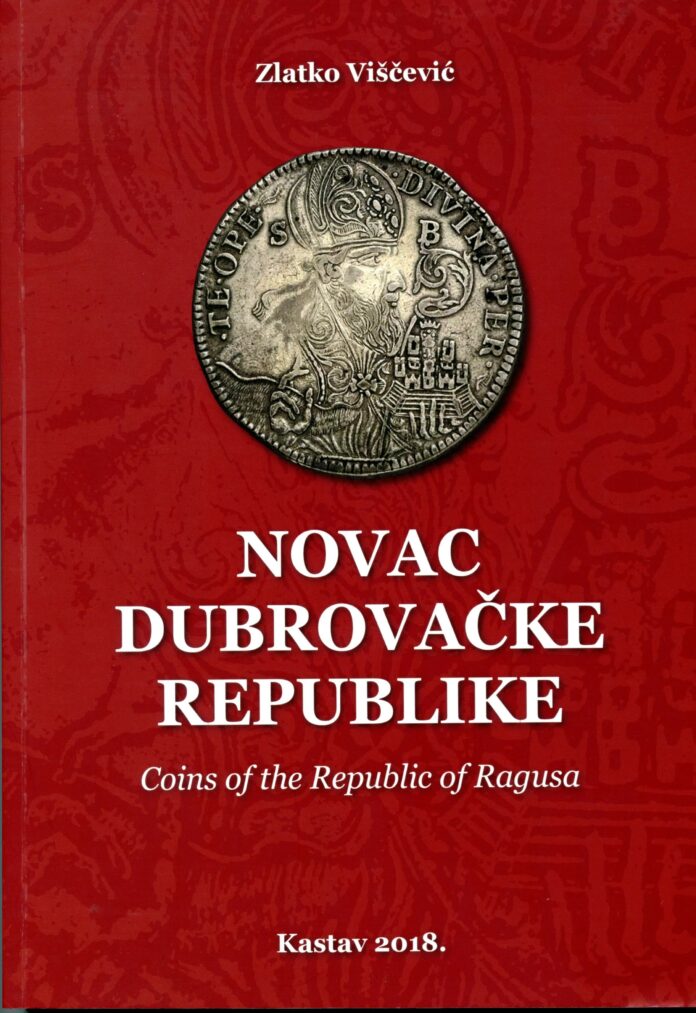
Coins of the Republic of Ragusa – that is the title of Zlatko Viscevic’s latest work in which, once again, he deals with a topic from the numismatics of former Yugoslavia. The professional numismatist is an expert in this field and has already published numerous books about it.
His latest work is dedicated to the important medieval trading town of Ragusa. Ragusa, better known today as Dubrovnik, was among the fiercest competitors of the city of Venice in the Adriatic Sea trade. In its best times, Ragusa had a fleet of 160 ships, which back then was absolutely exceptional! Whereas the Venetians stole the relics of Saint Mark, Ragusa relied on Saint Blaise, who would become the most important theme on the sea republic’s coins. Being close allies of the Ottoman Empire, Ragusa’s merchants assured the trade between Orient and Occident even during the Ottoman wars.
With the beginning of the Atlantic Ocean trade, Ragusa – together with the entire Mediterranean Sea – lost its meaning as a trading hub. Paired with a severe earthquake in 1667, that brought about Ragusa’s economic downfall.
Naturally, the city’s history is mirrored in its coin minting. All the coin types that were ever issued by the Republic of Ragusa range from 1337 until 1795. This timeline presents the structure of Viscevic’s book.
In order to be of use to foreign coin dealers and collectors, too, it is bilingual: All the texts, introductions and information have been translated into English.
This extensive piece is a type catalog which evaluates earlier works and includes the newest items from auction catalogs. There is no historical commentary; the focus is on numismatics. A special point has been made on tracking in great detail the many inscription varieties, found especially on the medieval and early modern coins.
The main types of every denomination are categorized, along with their varieties, into four grades of preservation. There are images for all of the main types and some of the subtypes.
The numbering system is, at first sight, somewhat confusing. It does not differentiate between separate groups and types, but is continued – but not throughout the entire catalog, but only for each denomination. In a new edition, this would be a good opportunity to easily increase clarity. Which would be useful to the reader, because the continuous numbering forces you, when cataloging, to verify the exact text variety you have before you. Most coin dealers – who are always pressed for time – would probably prefer it in their daily lives if they only had to look up denomination, group and main type. As it is, the catalog is likely to only be cited by the most meticulous of numismatists.
For specialized collectors, however, who want to fully get lost in the tiny differences of their coins, this catalog is a true enrichment, allowing them to find absolutely every item they’re looking for.
And by the way, for all the Swiss people who, like me, are wondering: Yes, the Ragusa chocolate is in fact called after the former name of Dubrovnik. Camille Bloch, inventor and creator of the popular chocolate bar, once spent a beautiful vacation there, which gave its name to what is probably his most successful product.
Click here to view a short film on YouTube about the new book.
You can exchange opinions with the author on Facebook.
And here, you can buy this book and other works by him – many are also available as eBook.
Or email the author directly.



